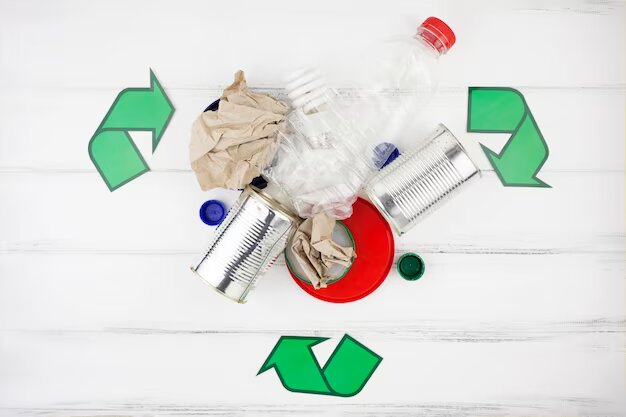Behind the Scenes: Unveiling Our Sustainable Textile Production Facilities

Eco-Friendly Materials and Technologies
In today’s world, where environmental concerns are becoming more pressing than ever, businesses across industries are reevaluating their practices to embrace sustainability. The textile industry, known for its significant environmental impact, is no exception. This article takes you on a journey behind the scenes of our company’s sustainable textile production facilities, where we have made a commitment to minimize our environmental footprint while providing high-quality products.
A Brief Overview of Our Company and Its Commitment to Sustainability: Before delving into the intricacies of our sustainable textile production facilities, it’s essential to understand who we are as a company. Founded with a vision to create a positive impact on the planet and society, we have placed sustainability at the core of our business model. We strive to be more than just a textile manufacturer; we aim to be a catalyst for change in the industry.
Over the years, we have invested in research and development to adopt innovative and eco-friendly practices. Our journey towards sustainability has been marked by various initiatives and partnerships that align with our values and principles. By sharing our commitment to sustainability, we hope to inspire other businesses and consumers to make conscious choices.
Importance of Sustainable Textile Production in the Current Environmental Context

The textile industry’s impact on the environment cannot be underestimated. From excessive water usage to chemical pollution and waste generation, traditional textile production practices have caused significant harm. As awareness of environmental issues grows, there is an increasing demand for sustainable alternatives in the market.
Conserving Natural Resources: By opting for eco-friendly materials and technologies, we can reduce our reliance on finite resources and preserve them for future generations.
Minimizing Environmental Footprint: Sustainable practices help reduce greenhouse gas emissions, water usage, and waste, mitigating the industry’s adverse effects on the environment.
Protecting Biodiversity: Sustainable practices promote the use of organic and recycled fibers, which decreases the demand for raw materials that contribute to deforestation and habitat destruction.
Ethical Considerations: Embracing sustainability also entails ensuring fair and safe labor practices, supporting the well-being of workers and local communities.
By focusing on sustainable textile production, we aim to contribute positively to the global effort to combat climate change and protect the planet’s delicate ecosystems.
Historical Background and Early Efforts in Sustainable Textile Practices

Sustainable practices in the textile industry are not a recent phenomenon. Historically, traditional societies relied on natural fibers like cotton, wool, and silk, which were renewable and biodegradable. However, with the advent of industrialization and mass production, the industry shifted towards synthetic materials and chemical-intensive processes, leading to environmental issues.
In response to early concerns, some individuals and communities continued to advocate for sustainable practices. The concept of “slow fashion” emerged, promoting durable and timeless designs, as opposed to fast fashion’s disposable and trend-driven approach. Artisans and craftsmen preserved traditional techniques that emphasized handwork, reducing the need for energy-consuming machinery.
Environmental Impact Reduction:
Reducing our environmental impact is a fundamental goal of our sustainable textile production facilities. We have implemented various strategies and initiatives to minimize our carbon footprint and waste generation.
Use of Organic and Recycled Fibers in Textile Production

One of the primary steps towards sustainability is the conscious selection of raw materials. Organic fibers, such as organic cotton, hemp, and bamboo, are cultivated without synthetic fertilizers and pesticides, making them more environmentally friendly than conventionally grown fibers. These fibers are biodegradable and have a lower impact on soil health.
Additionally, we have incorporated recycled fibers into our production processes. Recycled polyester, for example, is made from post-consumer plastic bottles, diverting waste from landfills and reducing the demand for new petroleum-based polyester production.
Innovative Technologies Reducing Water and Energy Consumption: Water scarcity is a critical global issue, and the textile industry has historically been a significant water consumer. To address this, we have invested in technologies that optimize water usage during various stages of textile production. Waterless dyeing techniques, advanced dye-recovery systems, and water recycling processes are some of the innovations we have implemented to reduce our water footprint.
Energy efficiency is another focus of our sustainable production practices. We have adopted state-of-the-art machinery and equipment that consumes less energy while maintaining high production standards. Additionally, we harness renewable energy sources to power our facilities, further reducing our carbon emissions.
